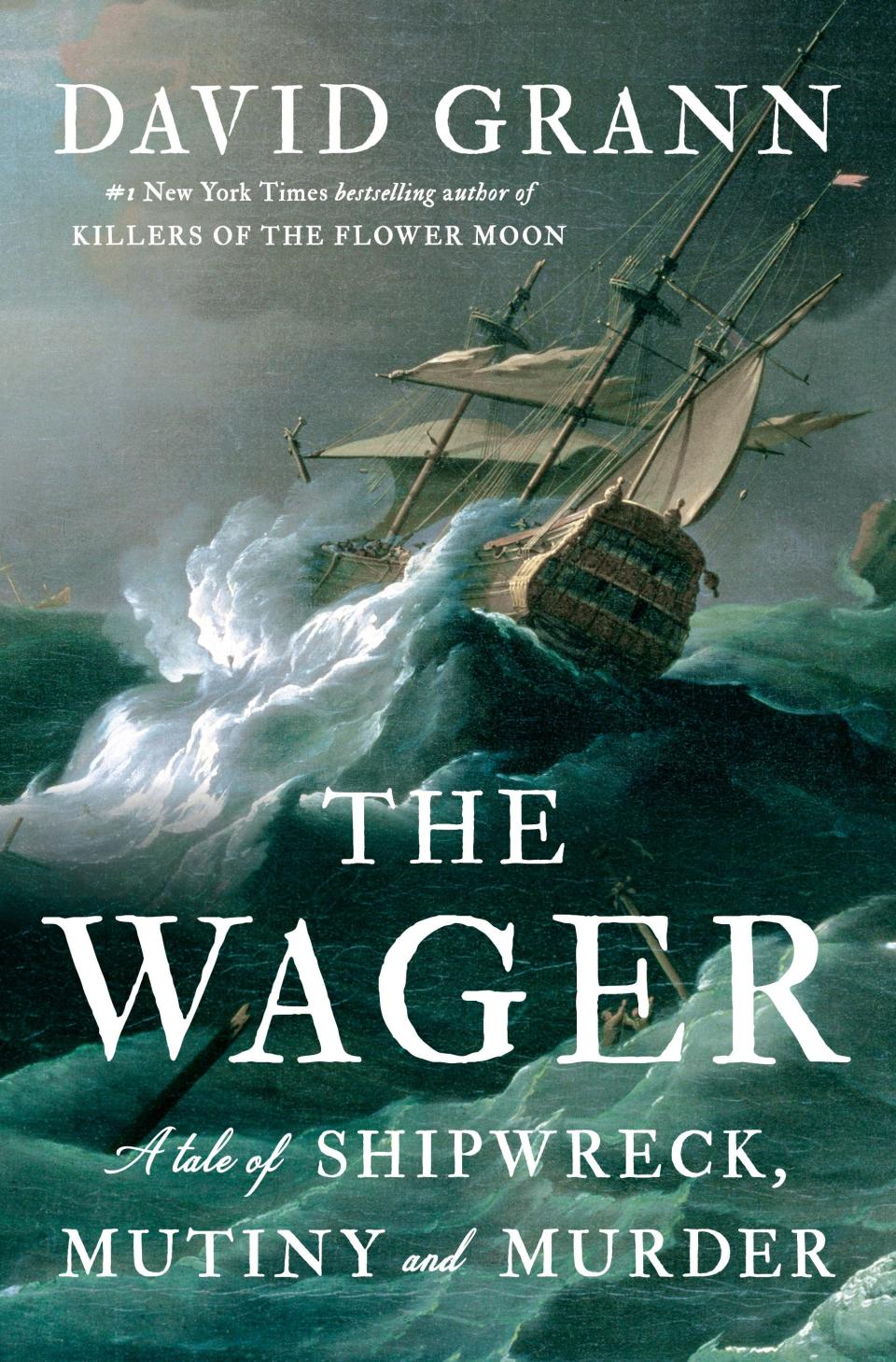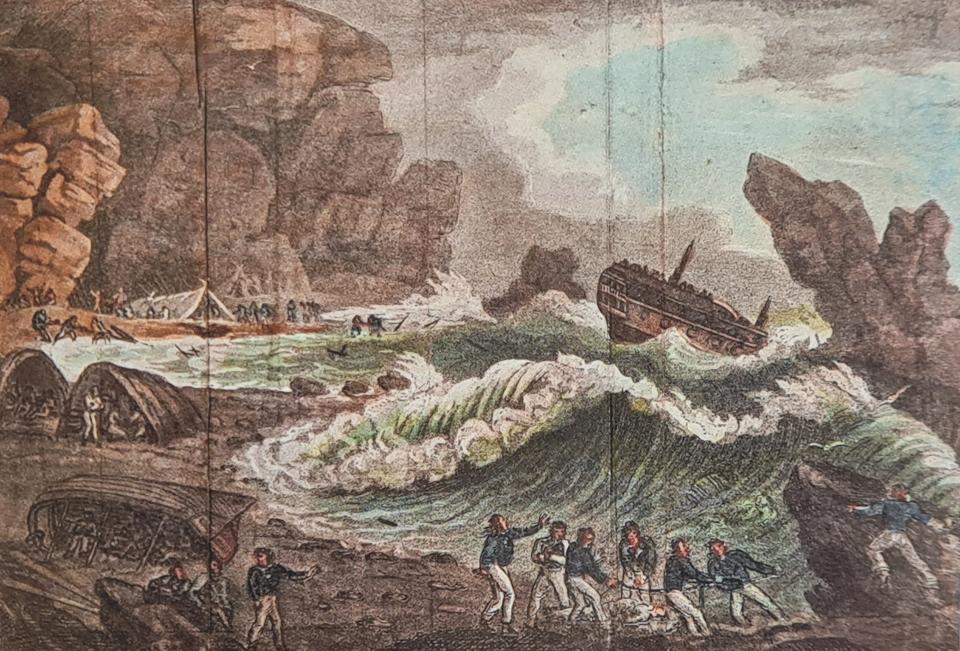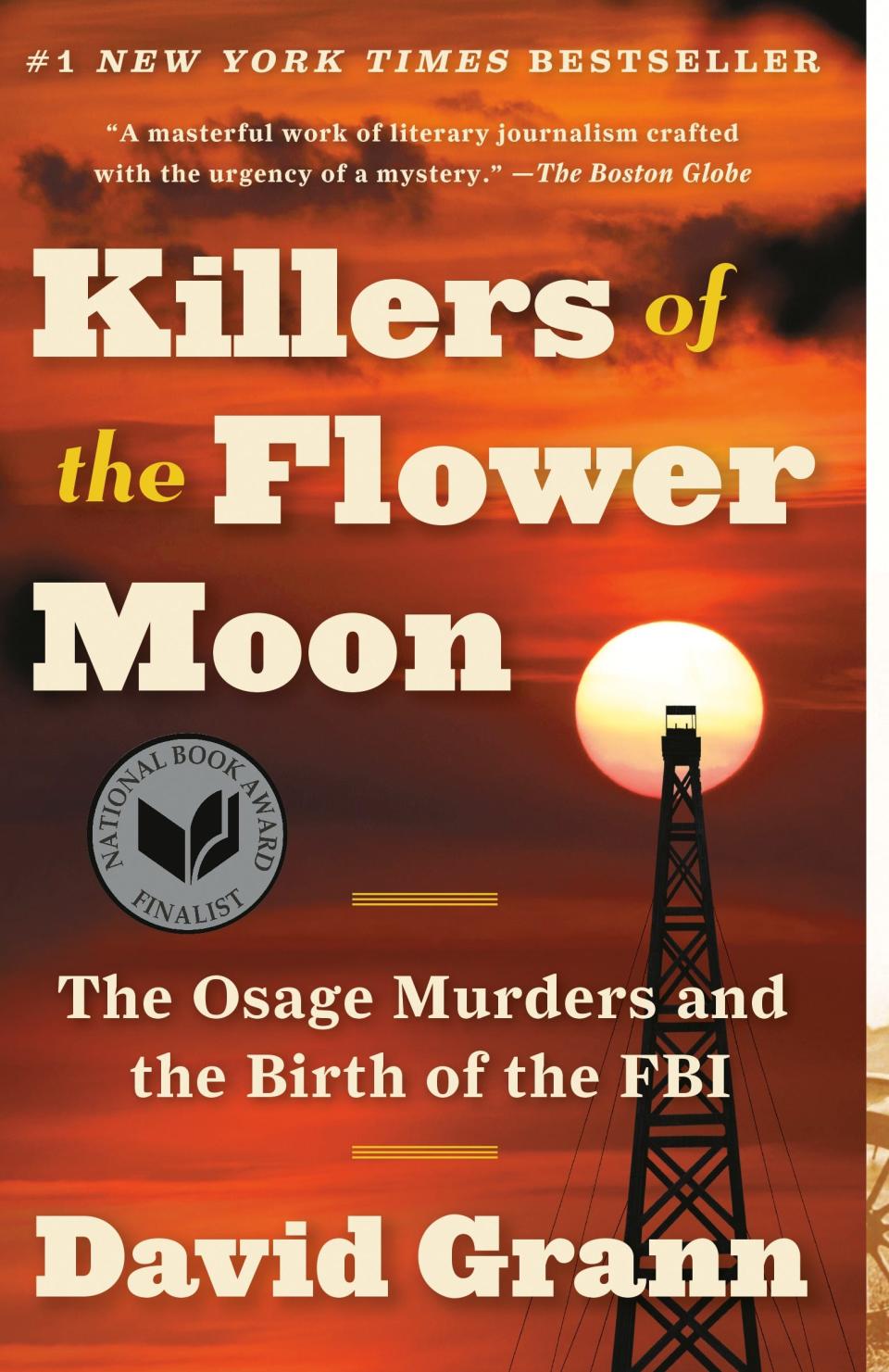Q&A: David Grann discusses his books and the film adaptations ahead of Westerville visit
In 1741, the British ship The Wager – part of a squadron sent to chase and plunder Spanish galleons filled with gold – crashed off the coast of Patagonia, stranding its crew on a desolate South American island.
Many months later, a group of barely alive survivors in a patched-together boat washed ashore in Brazil. Several months later, another small group of castaways found their way to the Chilean coast. Finally, all these survivors returned to England, where they told conflicting stories of the horrific wreck and their fight for survival on the island.
Sorting it all out in his new book, “The Wager: A Tale of Shipwreck, Mutiny and Murder,” is David Grann. The author, 56, and a resident of New York City, will appear May 3 in an event presented by the Westerville Library.
Q&A: Maggie Smith talks new memoir and reclaiming 'Good Bones'
Grann is author of other books including 2017’s “Killers of the Flower Moon: The Osage Murders and the Birth of the FBI,” which tells how Osage Indians in Oklahoma were murdered for their oil-rich land and how the case was cracked by a Texas Ranger and J. Edgar Hoover's fledgling FBI. The book was made into a new movie starring Leonardo DiCaprio and Robert De Niro and directed by Martin Scorsese. It will debut in May at the Cannes Film Festival and will be released in the U.S. in October.
Grann spoke recently with The Dispatch by telephone.

Question: When and how did you decide to write 'The Wager'?
David Grann: I came across the idea in 2016, when I stumbled on a copy of the account (of the wreck) by (midshipman) John Byron (grandfather of poet Lord Byron), who was 16 years old when the voyage set out. I was spellbound by his descriptions of a shipwreck, mutiny, cannibalism, typhoons. I was fascinated not only by what had happened on the island but what happened when some of them miraculously made it back to England and began to publish their various testimonies.
Q. The life of an 18th-century seaman was not easy, was it? What surprised you about the rigors aboard a ship like The Wager?
Grann: Everything. I’m not a naval historian and it was a huge learning curve. These ships were lethal machines dedicated to battle but also homes for seamen who had to live side by side. A single ship could require as many as 4,000 trees to be built. Then you put on these ships people from all walks of life: professional sailors, sailors pressed into service, children as young as 6 or 7, The Wager’s cook who was in his 80s, craftsmen, a free Black man. They encounter just about every misery one could imagine. … They have to sail around Cape Horn, where a 90-foot wave can dwarf one of the ship’s masts. They suffer scurvy and can’t get out of their hammocks. Their hair and teeth fall out. They have to navigate blind because they don’t have longitudinal equipment. And on and on.

Q. Can you talk about the men's behavior once they were stranded on the island?
Grann: It becomes a laboratory to test humans under extreme conditions. It reveals human nature, both good and bad. There’s remarkable ingenuity and generosity and there’s “Lord of the Flies” behavior. One of the reasons I’m drawn to these kinds of stories is how they reveal something of the human condition.
Q. The book shows how written history often involves great discrepancies. Was it difficult to arrive at a 'true' telling of The Wager's story?
Grann: One of the main themes of the book is how each of us can shape our own stories – revise, burnish them, leave out parts to make us the hero. … I chose the narratives of (Capt. David) Cheap, (gunner John) Bulkeley and Byron. By reading each of their accounts, you can get as close to the truth as possible.
Q&A: Author Rebecca Fannin talks technology in the heartland
Q. Will there be a film made of this book?
Grann: Yes. I was so honored to have Martin Scorsese and Leonardo DiCaprio develop “Killers of the Flower Moon,” and they (have decided to do “The Wager”). The project couldn’t be in better hands.

Q. Did you have input in the movie adaptation of 'Killers of the Flower Moon'?
Grann: Limited input. I tended to be there for research. ... But I was pleased that there are Osage actors in the film and that the Osage language is spoken. To me, one of the most important things is that the book/film will enlighten people about this horrible injustice.
Q. Have you seen the film?
Grann: Yes, but I’m not supposed to talk about that in interviews. … I do think I’ll get to Cannes for the premiere.
Q. Your mother was one of the first female CEOs of a major publishing house (Putnam Penguin). Did that influence you to be a writer?
Grann: She was a real trailblazer. I grew up around writers and I have no doubt the books she published that I read had some impact on me, but the only bit of advice she gave me was, “Whatever you do, don’t become a writer.” … She read “Killers of the Flower Moon” and said, “Well, I guess it’s a good thing you became a writer.”
Q. What's your next book?
Grann: I’m looking for an idea. … I like telling stories, making sense of the world through words. I see myself as an excavator – an archeologist finding out what the ruins mean.
negilson@gmail.com
At a glance
Author David Grann will appear at 7 p.m. May 3 at Westerville Central High School, 7118 Mount Royal Ave., Westerville. The event is presented by the Westerville Library. For tickets ($25 or 12.50 for students and senior citizens), go to westervillelibrary.org.
This article originally appeared on The Columbus Dispatch: Author David Grann talks about books ahead of May 3 Westerville visit

 money
money 